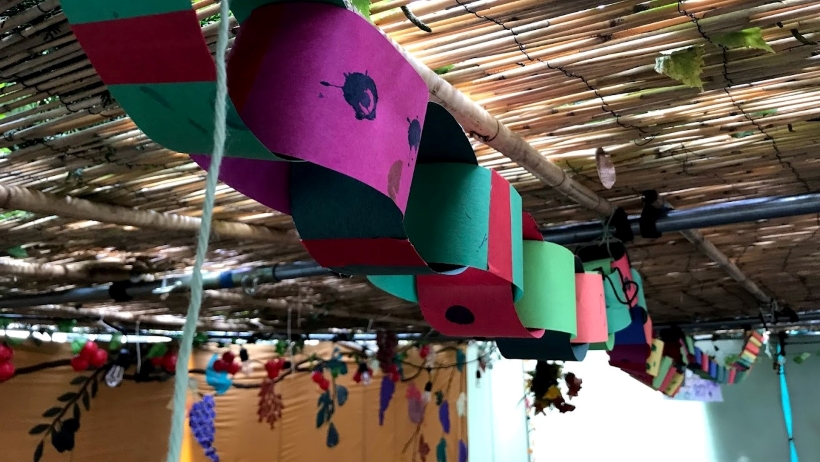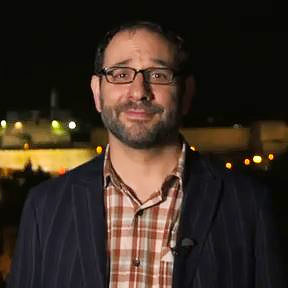Shannah tova! Here we are at the very beginning of a new year, which means it’s an opportunity to look back at the year(s) past and look forward to what lies ahead. It’s almost hard to believe I’ve written a weekly divrei Torah for 14 years straight. In other words, I’ve written my own version of commentary on the Torah 14 times over.

Over this time, my weekly and yearly practice has been to look at the Torah through the lens of our present world and relate it to contemporary life in some way. This year our congregation is focusing on the concept of blessings and the ability to respond with “amen.” A blessing is a way to mark a moment in time or an experience, and saying “amen” affirms and confirms that these moments and the people in them are seen and noticed.
I was inspired by this year’s theme to offer a slight twist on my weekly writing. This year I will do my best to relate each parshah, each portion of the Torah, to a relevant blessing that can be said in our daily lives.
On the High Holidays, Mel Berwin talked about the anatomy of a blessing. Each blessing begins with the words “Baruch Atah” (Blessed are You) reminding us that blessings are between God and the individual. But the next set of words “Adonai Eloheinu” (Adonai/HaShem our God) expands the blessing from a one-on-one relationship with God to the communal with the addition of first person plural. And finally “Melech HaOlam” (Ruler/creative energy of the universe) broadens this connection even further to the whole universe, the bigger picture that ties us to the past and future as well.
As we begin Sukkot and say a variety of blessings to usher in the uniqueness of the holiday, from leisheiv basukkah (sitting in the sukkah) to al n’tilat lulav (shaking the lulav) to the Shehecheyanu, may we use these blessings as opportunities to find and recognize other blessings in our lives and hopefully tap into some much-needed joy along the way.



